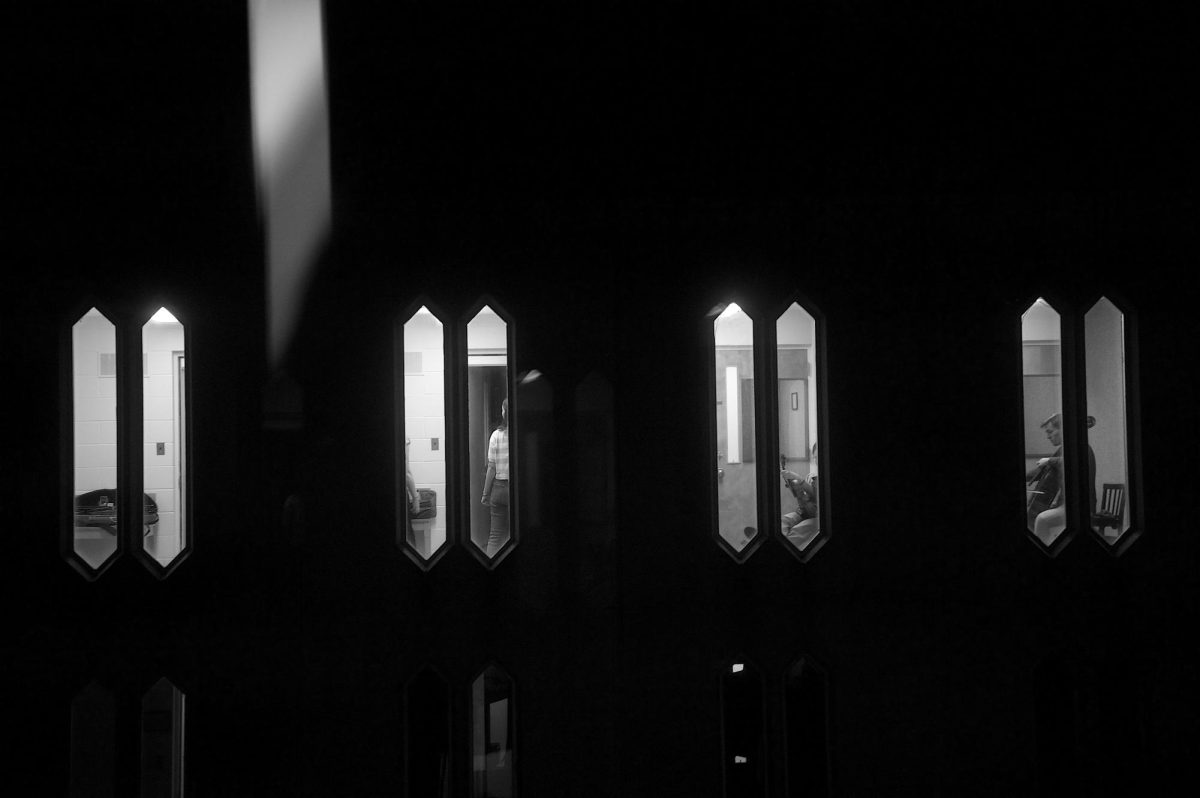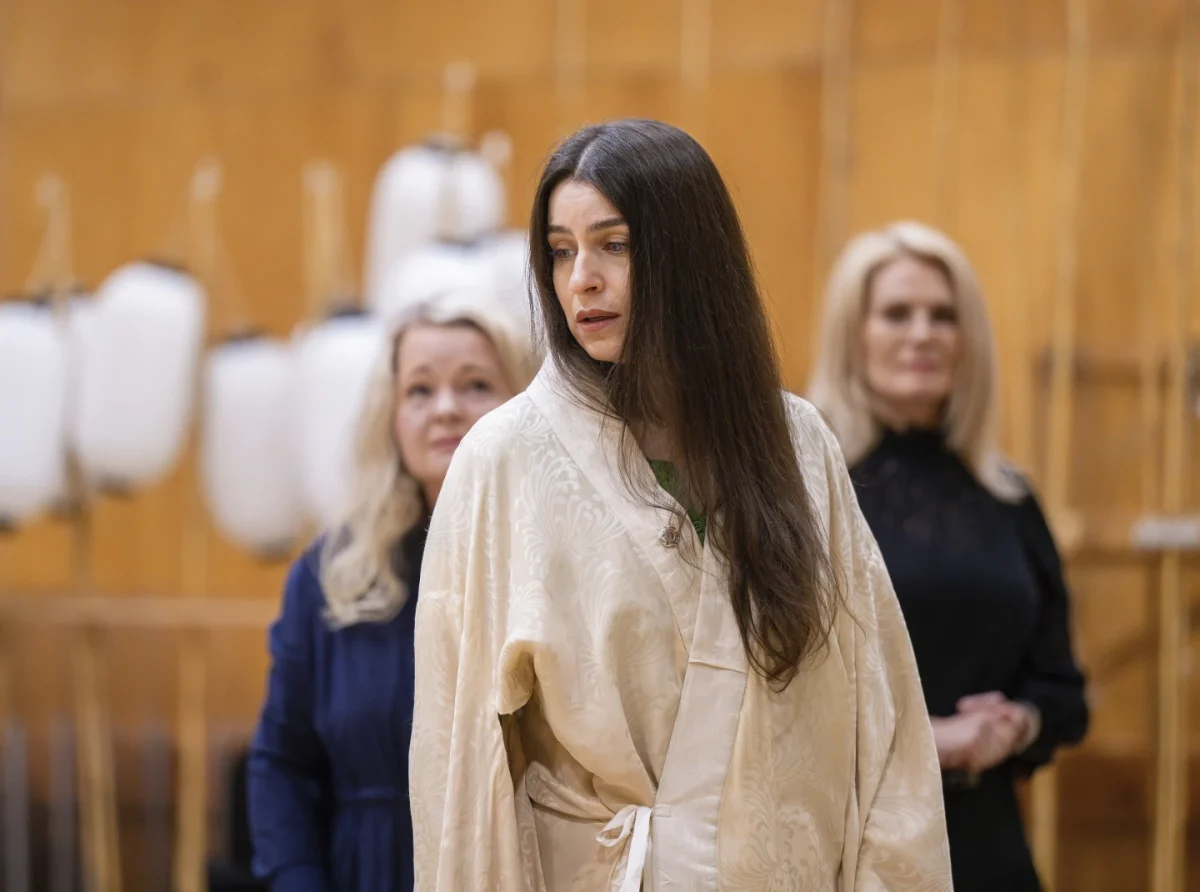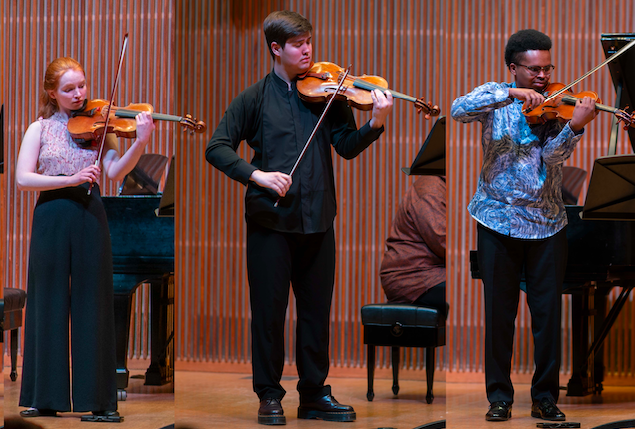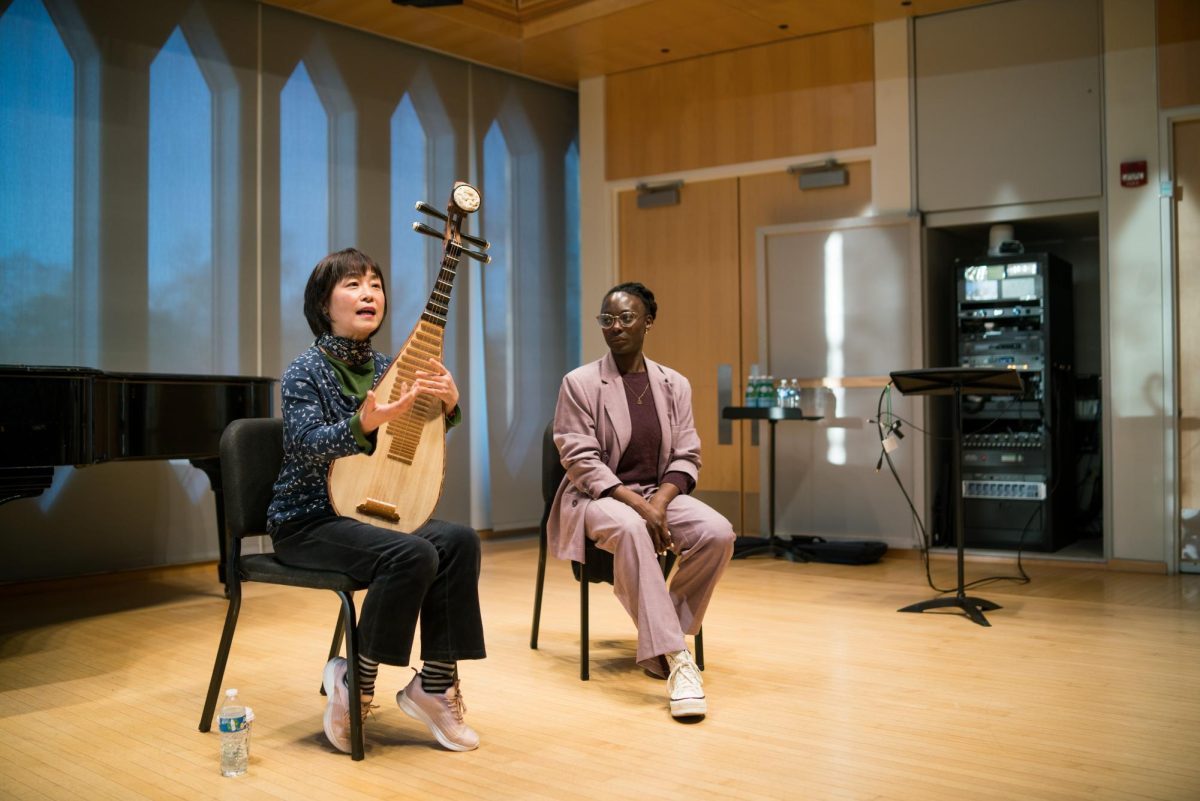It’s no secret that higher education is predominantly white — if you need proof, just look around Oberlin. While the College relies heavily on its claims of diversity to attract new students, the population of students of color is still nowhere near that of white students. The Conservatory is no exception to this phenomenon.
Double-degree fifth-year Jonathan Bruzon is a Salvadoran-Cuban hornist and Mellon Mays Fellow. Like many other students of color, he has faced difficulties within the Conservatory and recalled his first year as particularly arduous.
“I got so many strange looks my [first] year because people were like, ‘You don’t know who Mahler is,’ or some other obscure composer,” Bruzon said. “My imposter phenomenon kicked in, and I’ve been struggling since then. The Conservatory desperately needs more POC musicians, faculty, and staff because we’re so underrepresented.”
Many Conservatory students come from affluent families and have participated in costly music programs throughout their lives. This creates a culture of common understanding and shared in-group knowledge, which in turn leads those who could not afford pricey programs to hold a warped view of their belonging. Bruzon, along with other POC from low-income communities, are often left questioning their presence within the Conservatory through alienating comments like the one Bruzon received. This has been an enduring feeling among POC in higher education.
“It’s the same thing as when I was in school,” Associate Professor of Horn Jeff Scott said. “When you go into higher learning, you don’t see many Black or Brown folk in the student and faculty bodies. Not only are there a limited number of POC students, but there are even fewer POC instructors.”
While Scott acknowledges this is applicable to almost every higher education institution, he also recognizes Oberlin does actively try to introduce representation and diversity in different ways, one example being the addition of culturally relevant courses. Associate Dean for Academic Support and Visiting Assistant Professor of Musicology Chris Jenkins, who also acts as liaison to the Office of Equity, Diversity, and Inclusion, highlighted Oberlin’s efforts to introduce new diverse courses into a traditionally rigid curriculum that has been in place for over a century.
“It is obviously a struggle for many POC students to feel validated in the [Conservatory],” Jenkins wrote in an email to the Review. “The most effective help that I’ve seen yet has to do with our curricular changes — new courses, new professors, and substantive alterations to existing required courses.”
Efforts to make curricula more inclusive also must include bringing in faculty with the ability to teach the content. This cannot be accomplished without sparking resistance from those tied to traditionalist views.
“Particularly when it comes to teaching American music theory, it has to be more inclusive of Latin and African-American contributions, and they may not have studied that,” Scott said. “So they don’t know how to teach it, so they’re more afraid of it than anyone. That means bringing in more professors, cutting the pie a little thinner, because you have to have more professors. When you start talking about cutting the pie more, that means pay raises don’t happen often. It makes people uncomfortable.”
It’s impossible to foster diversity within higher education without making space for POC, which usually comes at the expense of those who have been present within the space since its inception, meaning they have to forgo certain privileges. This causes a shift that many will consider unnecessary or arbitrary; however, establishing POC within the Conservatory is vital to ensure future generations of musicians will be more inclusive of all music and people. While Oberlin has made efforts to move toward this goal, mistakes have been made.
“There was a Black History Month concert where they put a poster out,” Scott said. “It was supposed to be music of all African-American composers being played. The poster was only of the headshots of the six white musicians that were playing the music.”
Mistakes like these are extremely easy to make if there are no POC present to help guide diversity efforts. It is paramount that these efforts are pioneered by everyone, but putting voices of POC at the forefront fortifies their presence within an exclusive community. This includes reshaping what has been established for years to invite input from POC.
“Pedagogy is about telling history, which has to be told in its totality,” Scott said. “The problem with classical music is that it’s very narrow — it’s this one corner of Europe. We tell a story that’s so narrow in its scope, it has nothing to do with the contributions of Latin-American and African-American folks, and so when we call this place a conservatory of music, we’re not really talking about music, we’re talking about European-based music like Mozart or Beethoven.”
Conservatories in general focus on a narrow range of music, casting aside a variety of genres which originate from communities of color. The hyperfocus on this particular music bars students from becoming well-rounded musicians, which does them a disservice.
“Until we accept that this has to be included in the pedagogy, students will grow up lacking it, and so when they get here and you put a rhythm in front of them that doesn’t go like a march, they don’t know how to do it,” Scott said.
Establishing an inclusive curriculum with current students could open doors for future musicians who would have otherwise not entertained the idea of attending a conservatory.
“I never thought that anyone else in the Conservatory was experiencing what I had experienced until a friend spoke up, and I realized there are so many others,” Bruzon said. “I feel like there is starting to be more support for POC in conservatories, but there is a long way to go.”
This widespread experience has inspired him to begin researching imposter syndrome among students of color within the Conservatory. Bruzon hopes to give POC a sense of advocacy through his research.
“This research, more than anything, is a way to bring about awareness of, ‘Hey, this is a thing that’s happening,’” Bruzon said. “What are institutions doing to help support their POC students in this regard?’”








